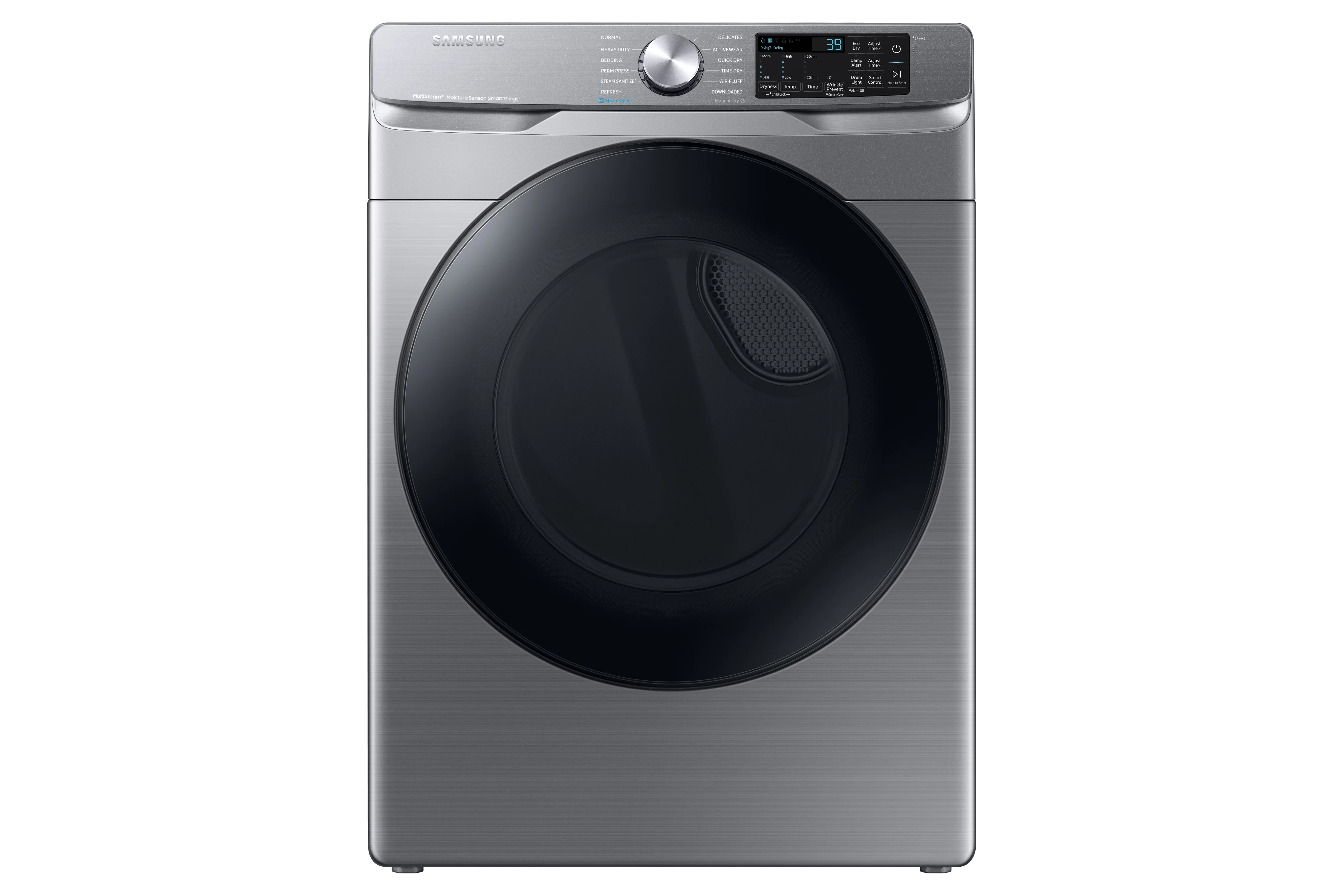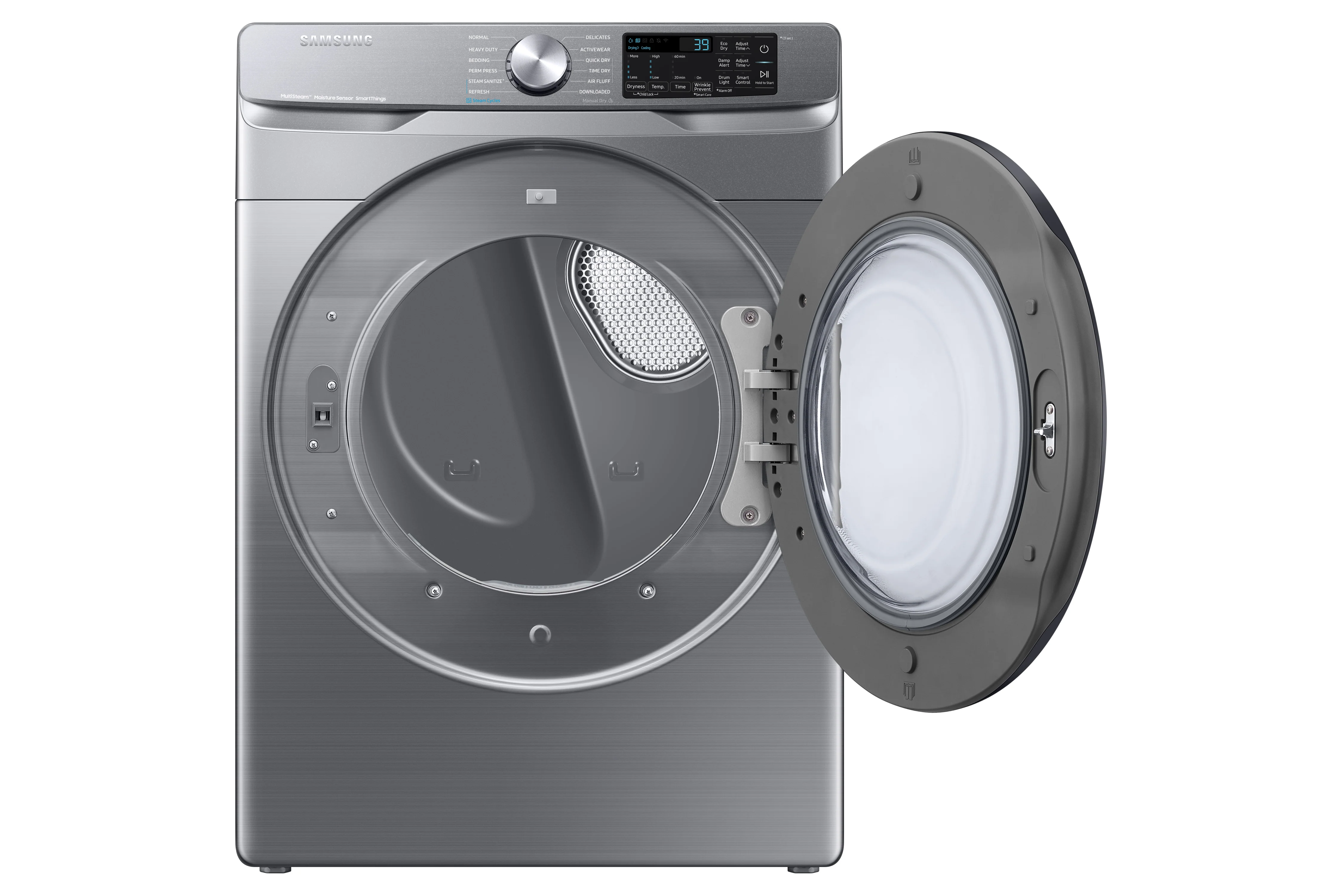Your valuable washer or dryer has finally broken down beyond repair, and you’re in the process of replacing it with a higher-end, higher-efficiency model. Where will you take the old one? Relegate it to the corners of basements and storage areas? Sell it for parts? Donate? If you’re looking for Eco-friendly disposal methods, this guide is for you.
In this article, we’ll cover:
Assessing the Condition of the Washer and Dryer
Before making any decisions regarding the fate of your old washer and dryer units, consider assessing their current condition. This step will help you determine whether repair, donation, recycling, or disposal is the most appropriate action.
Gathering Tools and Materials
You’ll need some essential tools and materials before you begin your assessment. These will help you inspect the appliances more thoroughly and potentially carry out minor repairs:
-
Screwdrivers: Both flathead and Phillips for removing screws and accessing internal components.
-
Pliers: For gripping and manipulating various parts within the appliances.
-
Wrenches: For loosening or tightening nuts and bolts during the inspection process.
-
Flashlight: To illuminate tight spaces and better observe components within the appliances.
-
Safety Gear: Depending on the complexity of your assessment, safety gear such as gloves and safety glasses may be advisable, especially if you’re dealing with sharp edges or potentially hazardous components.
-
Appliance Manuals: Often contain valuable information about troubleshooting, component locations, and maintenance.
-
Online Resources: Explore online tutorials, videos, and forums dedicated to appliance repair. These resources can provide step-by-step guidance and visual aids for assessing and repairing common issues.
Evaluating the Appliances Thoroughly
Here are some steps to help you conduct a comprehensive assessment of your washer and dryer’s condition:
-
Visual Inspection: Look for visible signs of damage, rust, or wear and tear. Pay close attention to the exterior, drum, door seals, and control panels.
-
Functionality Check: Test the appliances to assess their functionality. Run a full cycle on the washer to ensure it fills, agitates, drains, and spins properly. For the dryer, check whether it produces heat and effectively dries clothes.
-
Unusual Noises: Listen for any unusual noises during operation. Clanking, grinding, or squeaking sounds can indicate internal issues that might require professional attention.
-
DIY Assessment: If you’re comfortable with basic DIY tasks, open up the appliances and inspect internal components. Check for loose wires, broken parts, or leaks. Be cautious, and avoid attempting repairs you’re not confident handling, as improper repairs can lead to further damage.
-
Energy Efficiency: Consider the energy efficiency of the appliances. Older models tend to consume more energy, leading to higher utility bills. Compare the energy consumption of your appliances with modern, energy-efficient alternatives to determine whether an upgrade could be more cost-effective in the long run.
-
Cost of Repairs: Contact a technician or the manufacturer to get an estimate if you identify issues during your assessment. If the cost of repairs is high and the appliances are nearing the end of their lifespan, replacement might be a more sensible option.
-
Manufacturer’s Information: Consult the owner’s manuals or manufacturer’s information to determine the expected lifespan of your specific washer and dryer models. If your appliances have already exceeded their typical lifespan and are showing signs of wear, it could indicate that they are approaching the end of their operational usefulness.
Once you’ve thoroughly assessed your washer and dryer, you’ll be better equipped to make an informed decision regarding their fate. If repairs are feasible, you can proceed with fixing the appliances. If not, you can explore options like donation, recycling, or disposal, all with the satisfaction of having made a well-informed choice.
Recycling and Disposal Options for Washers and Dryers
Disposing of old washer and dryer units responsibly helps minimize environmental impact. It also contributes to the greater good of the community.
Researching Local Recycling Programs
Many communities have dedicated recycling centers that handle large appliances like washers and dryers. Contact your local recycling center or waste management facility to inquire about their recycling services.
Donating to Non-Profit Organizations
Numerous reputable organizations welcome appliance donations to support their causes. Charities that focus on housing, poverty alleviation, and community development often appreciate working appliances that can enhance the quality of life for those they assist. Research local organizations in your area, and reach out to inquire about their donation processes and requirements.
Arranging for Curbside Pickup or Hauling Services
Many municipalities offer curbside pickup services for large items, including old appliances. Contact your local waste management department or visit their website to learn about the availability of curbside pickup services in your area and the charges. Alternatively, consider the retailers’ haul-away services for appliances when purchasing new ones.
Coast Appliances’ delivery teams can help you dispose of older items. Once you have uninstalled it, they’ll remove it and take it to our team to recycle it properly. Our sales team in-store can help you with this, or you can add it to your cart while purchasing appliances online.
DIY Recycling and Repurposing Ideas for Washers and Dryers
If you have a creative streak and enjoy hands-on projects, repurposing your old washer and dryer can breathe new life into them. You can transform these appliances into functional and decorative pieces by salvaging valuable components and finding innovative ways to use them.
Salvaging and Selling Scrap Metal
Proper Disassembly Techniques: Begin by safely disconnecting the appliances from power sources and water supplies. Remove any doors, panels, and non-metal parts. Inside the appliances, you’ll find valuable scrap metal components like steel, copper, and aluminum. Use appropriate tools to carefully disassemble the units and extract these materials.
Local Scrap Metal Buyers and Maximizing Value: Once you’ve collected the scrap metal, research local buyers in your area. Prices for different types of metal can vary, so it’s wise to separate and categorize the materials to maximize the value you receive.
Repurposing for Other Household Uses
Creative Ideas for Reusing Old Appliances: Repurposing your old washer and dryer doesn’t require extensive crafting skills; it’s all about thinking creatively. Here are a few ideas to spark your imagination:
-
Fire Pit: Convert your dryer’s drum into a unique fire pit. The perforations in the drum allow for ventilation, creating a mesmerizing display of flames. Surround it with stones or bricks for a rustic touch.
-
Planter: Use the dryer drum as an unconventional planter for your garden. Its circular shape provides an interesting contrast to typical planters, and its ventilation holes allow for proper drainage.
-
DIY Projects: Disassemble the appliances further to salvage smaller components like knobs, handles, and switches. These parts can be repurposed in various DIY projects. Transform knobs into drawer pulls, use handles for coat hangers, or incorporate switches into artistic pieces.
Responsible Disposal Considerations for Washers and Dryers
Responsible disposal is paramount when it’s time to bid farewell to your old washer and dryer units. Ensuring that hazardous components are correctly handled and that non-recyclable materials are managed per local regulations contributes to a safer and more sustainable disposal process.
Properly Removing and Disposing of Hazardous Components
Identifying Hazardous Components: Washer and dryer units can contain hazardous materials like capacitors and refrigerants. Capacitors may contain toxic chemicals, while refrigerants can contribute to ozone depletion and climate change if released into the atmosphere. Identify these components within your appliances by referring to manufacturer information or seeking professional advice.
Guidelines for Safe Disposal: Capacitors and refrigerants should be properly contained and disposed of according to local regulations. Some areas offer hazardous waste collection events, providing a safe avenue for disposal. Consult a professional technician or contact the manufacturer for guidance if you’re not experienced in handling hazardous components.
Disposal of Non-Recyclable Parts
While many components of washers and dryers are recyclable or reusable, certain parts, such as plastics and rubber, might not be suitable for recycling. These materials can be challenging to manage due to their non-biodegradable nature.
To responsibly dispose of non-recyclable parts, utilize local waste management facilities or landfills that comply with environmental regulations. These facilities are designed to handle various types of waste, including non-recyclable materials from appliances. Be sure to follow any guidelines provided by the facility to ensure proper and safe disposal.
Conclusion
Your old washer and dryer’s journey doesn’t end with disposal; it’s a chance to make a positive impact. By recycling, donating, or repurposing, you’re nurturing a sustainable future. Remember local regulations for proper handling. Thinking of an upgrade? Explore energy-efficient options at Coast Appliances for a brighter, eco-conscious tomorrow.
What to Do With Old Washer and Dryer FAQs
What can I salvage from an old washing machine?
Old washing machines contain valuable components like motors, pumps, and scrap metal that can be salvaged for reuse or sold.
Are washing machines worth anything for scrap?
Yes, washing machines contain valuable scrap metal components like steel, copper, and aluminum, which can be sold to scrap metal buyers.
How do you know when a dryer needs to be replaced?
If your dryer consistently fails to dry clothes thoroughly, makes loud or unusual noises, or experiences frequent breakdowns, it may be time for a replacement.
How many years should you get out of a dryer?
The lifespan of a dryer can vary based on usage and maintenance, but a well-maintained dryer can last anywhere from 10 to 15 years on average.















